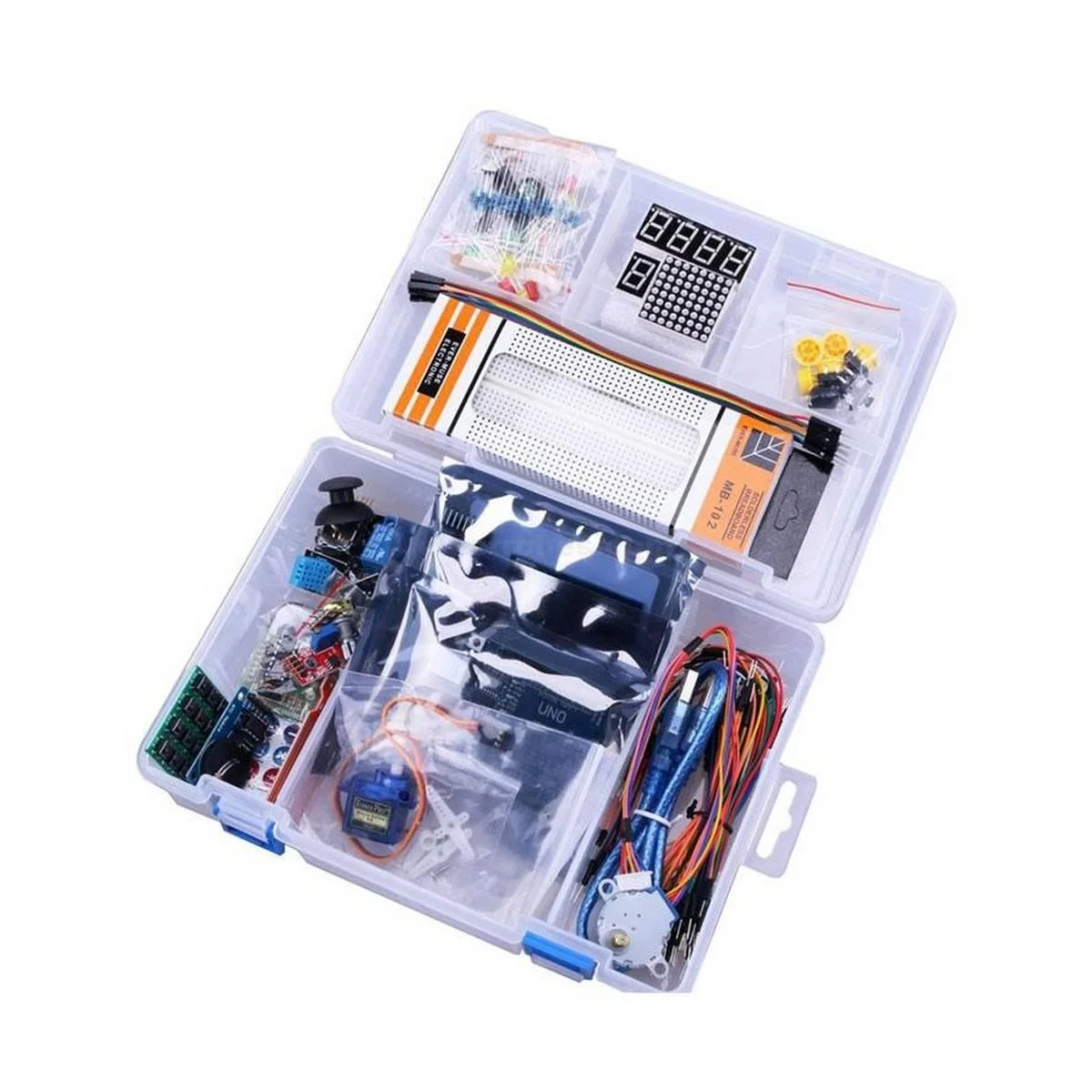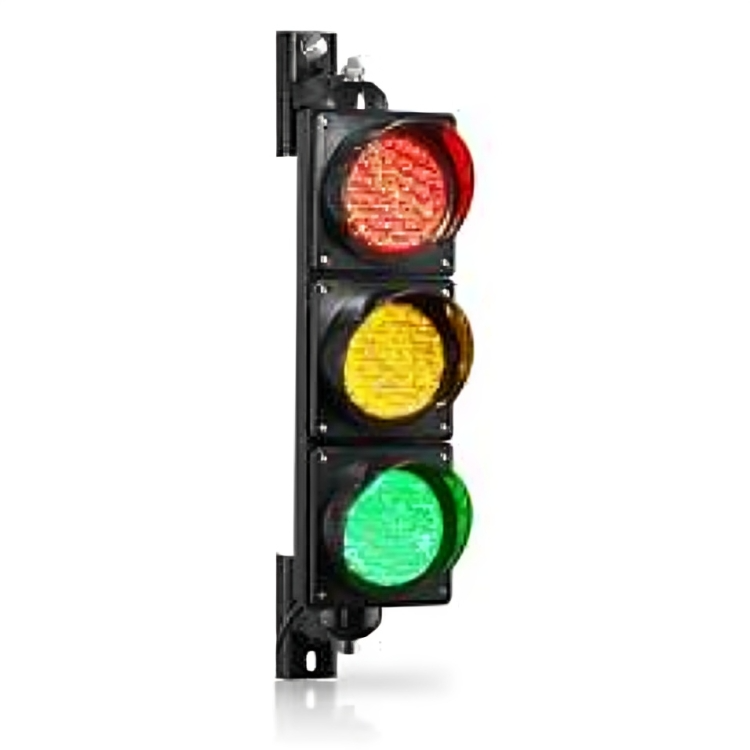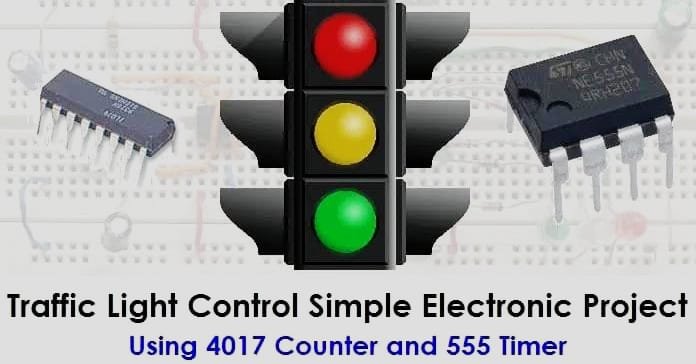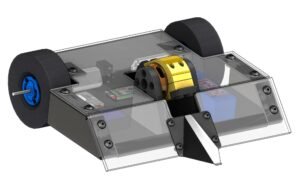Traffic Light Control
₨800.00
Traffic Light Control System utilizes microcontrollers and sensors to regulate traffic flow at intersections. It ensures efficient vehicle movement and reduces congestion by managing signal timings, either with fixed or adaptive control. Ideal for smart city applications, this system can be enhanced with IoT integration for real-time monitoring and adjustments
Description
Introduction to Traffic Light Control
Traffic lights play a crucial role in regulating vehicle movement at intersections and on public roads. As cities grow and populations increase, the number of vehicles on the road also rises. Consequently, traffic congestion and road accidents have become more frequent. Therefore, engineers design and install traffic light control systems to manage traffic efficiently and maintain safety.. In this regard, using automated systems helps ensure smoother traffic flow and reduces human error. Moreover, these systems provide timely signals to drivers, helping them make safer driving decisions.
Light Indications
A standard traffic light consists of three distinct color indicators, each serving a unique function.
- Red light instructs drivers to come to a complete stop, ensuring that intersections remain clear for cross-traffic.
- Yellow light, located in the middle, acts as a warning. Depending on the situation, it tells drivers to slow down in anticipation of a red light or prepare to move if green is next.
- Green light signals that vehicles may proceed or continue driving.
Altogether, these lights maintain a predictable and orderly traffic pattern, reducing the risk of accidents and confusion.
Circuit Diagram of Traffic Light Control

Control System of Traffic Light Control
Typically, engineers use microcontrollers or timers to operate traffic light control systems through programmed sequences. Moreover, modern systems often incorporate IoT technology to improve adaptability. For instance, real-time sensors can monitor vehicle flow and adjust signal timings accordingly. Furthermore, emergency vehicle detection can be incorporated to prioritize clearance. Because of this dynamic system, traffic can be better managed, especially during peak hours. In many cases, such automation leads to reduced fuel consumption and lower emissions as well.
Components and Requirements
You need several components to build a basic traffic light control system. Start with LEDs in red, yellow, and green, along with resistors to control current. Use a microcontroller like Arduino to manage the signal sequence. Connect everything using jumper wires and a breadboard, and power the system with a suitable power source. You can also add infrared sensors and real-time clocks to enhance the system with advanced features. Due to their versatility, these setups are excellent for both educational and prototype applications.
Working Principle of Traffic Light Control
The operation of the system is based on a timed sequence. Each LED lights up for a specific duration—for example, red for 30 seconds, yellow for 5, and green for 30. In more advanced versions, sensor input helps dynamically adjust this timing. Ultimately, this approach improves traffic flow and reduces unnecessary delays.
Visit our website Ampflick for more products
You can also visit our Instagram and Facebook for latest update.
Only logged in customers who have purchased this product may leave a review.










Reviews
There are no reviews yet.